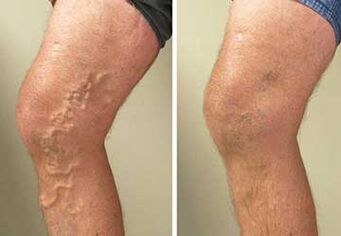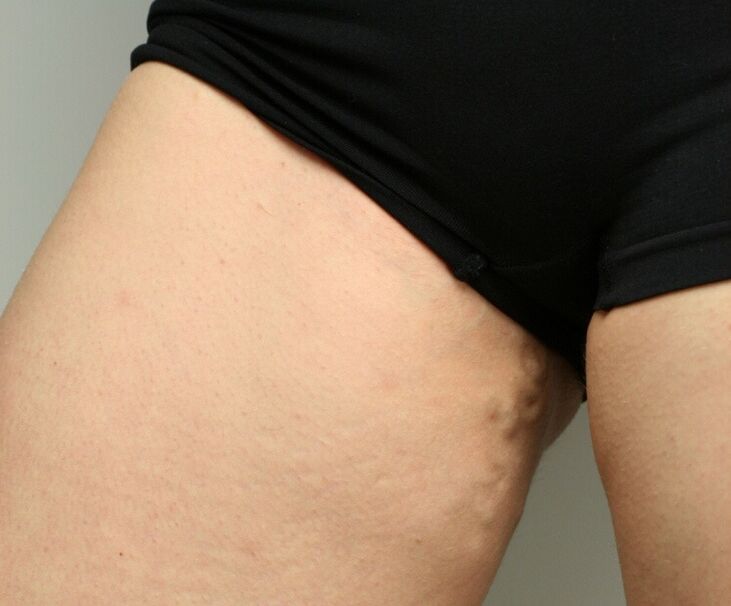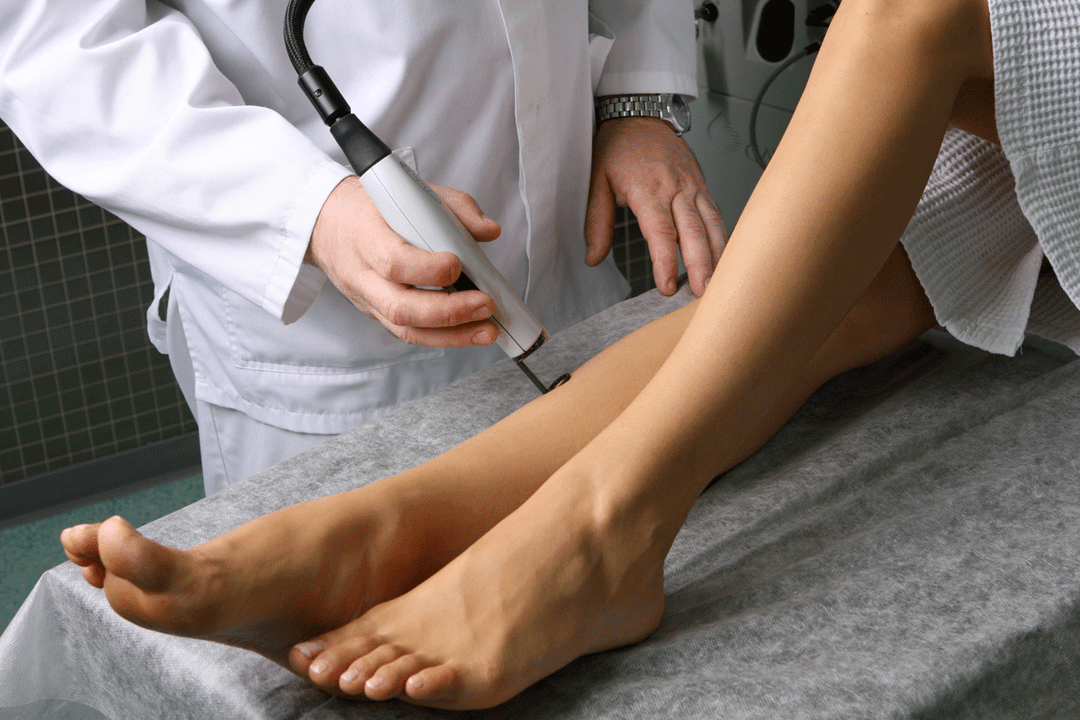In the human body, to provide any part of the body with oxygen and nutrients needed for the proper flow of metabolic processes, a vascular network is provided: arteries and veins. Oxygen -saturated blood flows through the arteries, and blood with processing products flows through the veins: carbon dioxide and waste from metabolic processes, which must be transmitted into organs to remove them from the body. But if the blood flow rate is high enough throughout the arteries, then the blood flow slows into the veins and the blood contained in them, transcends the strength of gravitational attraction, returning to the heart. So there is no mechanical blood flow below the veins in them, valves are provided, which open only in one direction. After closing them, the blood cannot flow down. But for a number of reasons, these valves lose their elasticity, elasticity and they do not close, which allows some of the blood in the veins to descend and accumulate in the veins in a greater volume than to be provided with physiological laws.

This excess volume of blood causes the veins to expand and causes a change in the blood vessel wall - pockets are formed where stagnant blood is collected. The whole pathological process is called - varicose disease or varicose veins. Most often, varicose veins manifest in the legs, as a larger volume of venous blood is collected here, but often manifests itself in the hands. What contributes to this?
The causes of varicose veins
For the development of any disease, there must be predisposing and provocative factors. The first includes:
Provocative Factors:
Clinical manifestations of varicose veins in arms and legs

Varicose veins of pelvic veins
It is characterized by long -term painful pain in the pelvis, abundant discharge from the vagina, painful sexual acts, rapid urination and urinary incontinence are. A repetition and birth of children, tumors in the pelvis and uterus are a provocative factor, which mechanically squeezes the veins, an increase in intra -abdominal pressure. Pain can be given to any part of the abdomen, but more often in the groin and sacrum.
Expansion of intra -abdominal space veins
The most dangerous expansion of the liver veins (portal veins) and esophagus. They have been expanded less frequently, but they are dangerous to health from possible bleeding, which means the difficulty of providing medical care in this case.
Dangerous complications of varicose disease
The phases of the vein with varicose
The first is the phase of complaints when there are no visible signs of vascular damage:
Second - the pain becomes more persistent in intensity, appear longer, "vascular stars", swelling of the legs, which may not go through sleep until morning. There are restrictions during work, the need for short -term rest.
Third - pain and numbness intensify, take a constant character, more night burns, during sleep it is difficult for a person to find a suitable position. The visual changes of the skin appear - the skin dryness is improved, the tendency to cracked, the veins are expanding significantly, the joints appear. Night rest does not provide relief of well -being. For long non -healing ulcers appear quickly, in the late period, inflammation in them joins - thrombophlebitis.
Diagnosis of vein enlargement
In severe and not quite understandable cases, surgeons are directed to laparoscopy.

Treatment of Varicose veins
Not drug treatment - to normalize the style of correct life to maintain body weight about age, make a break at work and be able to walk, not limit fluid intake. During the rest, give your legs an elevated position. Use compression interiors if necessary (socks, golf). Massage courses, exercise therapy, bath treatment.
Drug treatment - taking medication specifically in tablets or use ointments locally in the form of applications and compresses
Surgical treatment - aimed at removing the damaged vein or its plastic.
How to prevent the development of varicose veins
Attention: varicose veins is progressive, it is not appropriate to complete the cure and is quite dangerous with its complications. You should always remember this and take measures to prevent it from a young age and not neglect them when it comes to. Foot health care is the concern for a healthy old age.


















